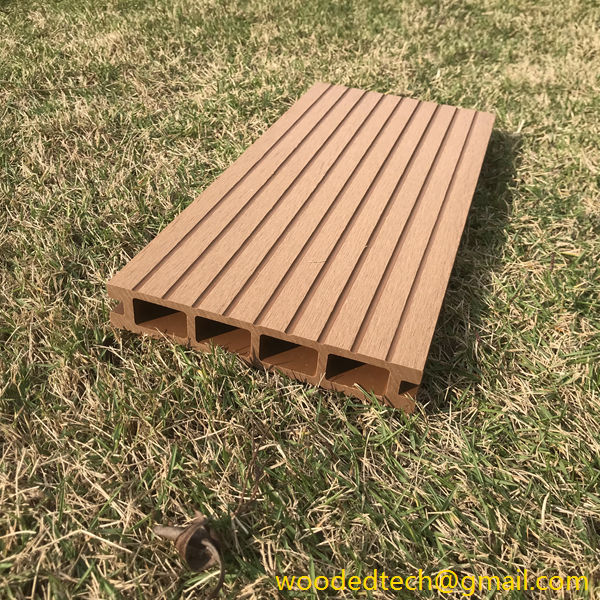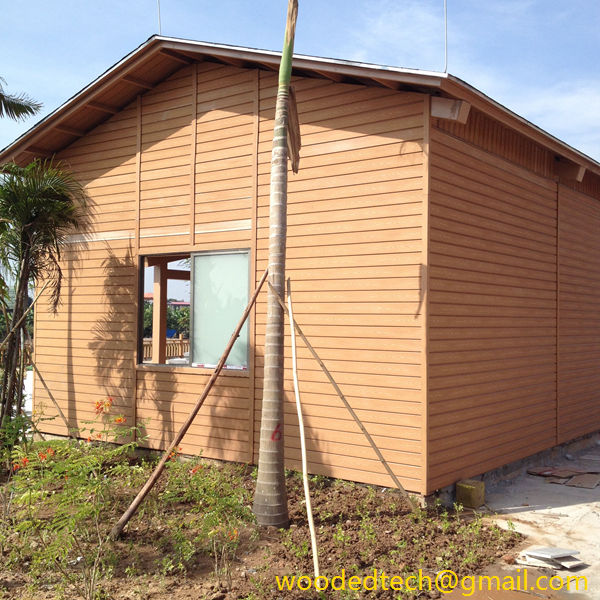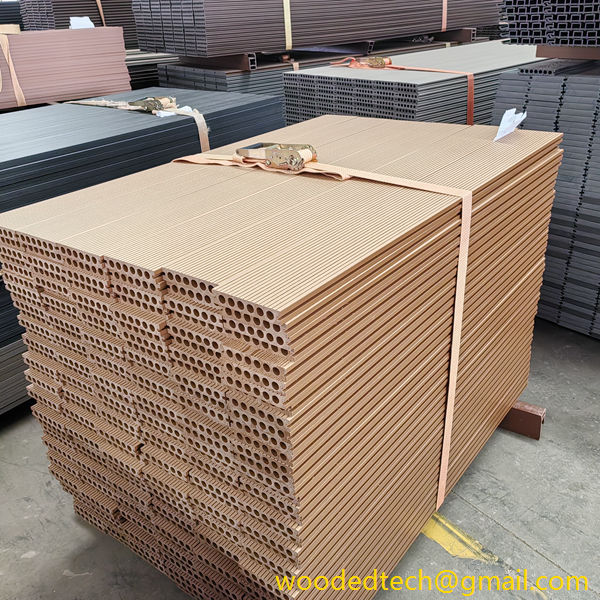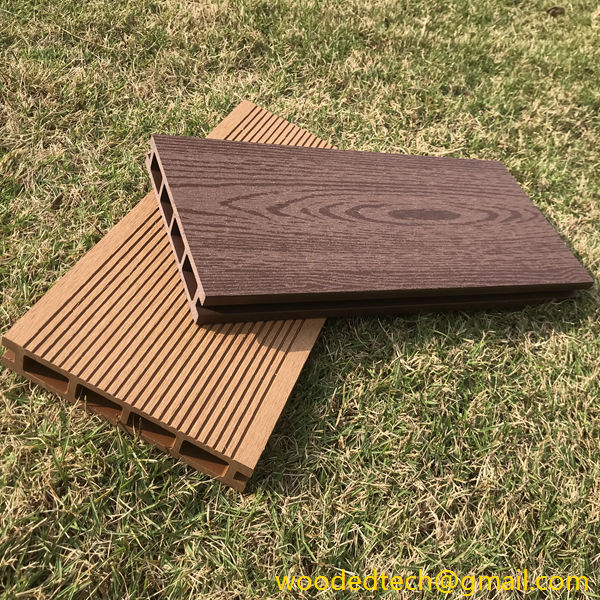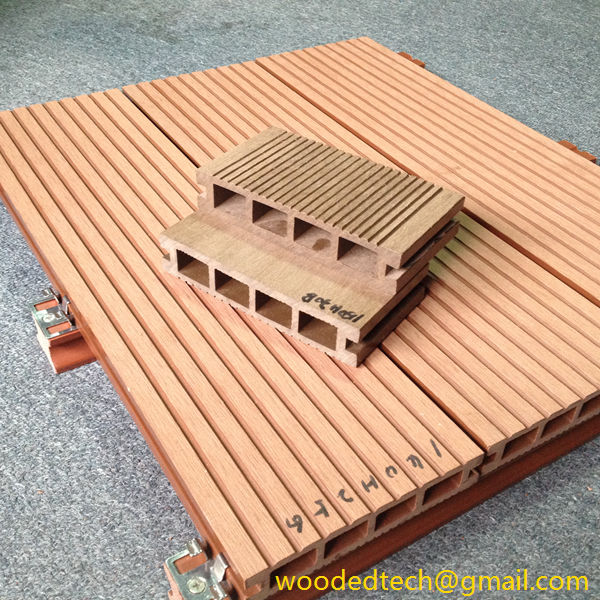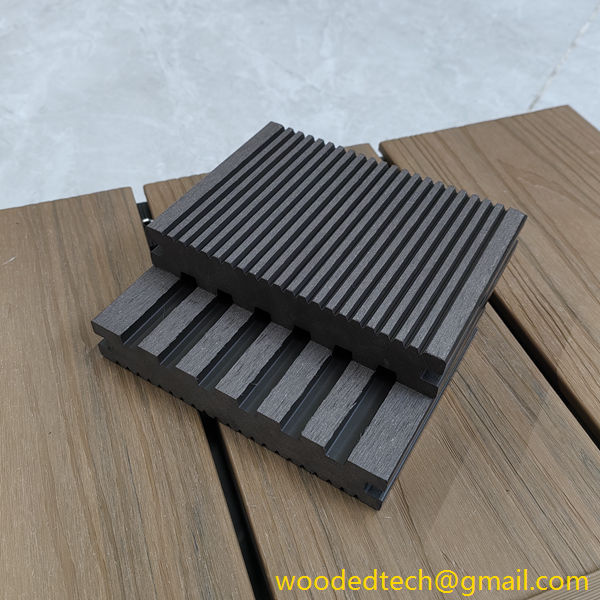What Are Composite Panels Made Of and Their Benefits
Composite panels are an innovative construction material that have gained popularity across various industries due to their lightweight nature, durability, and versatility. Understanding what composite panels are made of and the benefits they offer is essential for anyone involved in installation and maintenance.
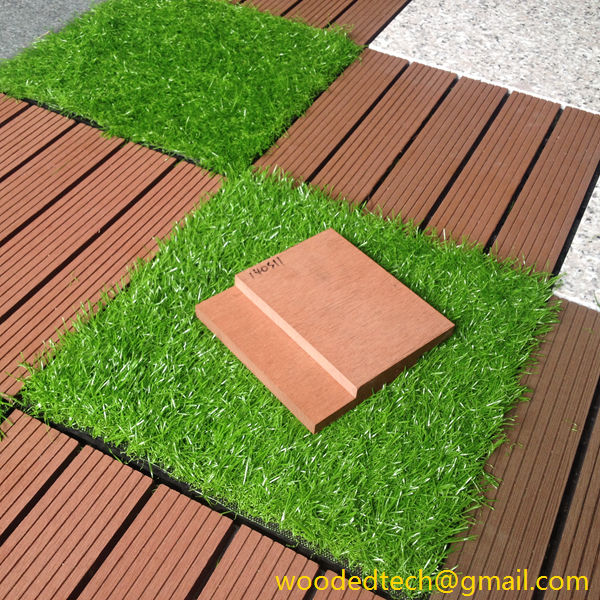
Composite panels are typically made from a combination of materials that work together to provide strength, insulation, and aesthetic appeal. The most common type of composite panel consists of two outer layers, often made from metal or plastic, with a core material in between. The core may be composed of materials such as polystyrene, polyurethane, or mineral wool, which provide thermal insulation and soundproofing. The outer layers are usually coated or treated to enhance their resistance to weathering, corrosion, and UV radiation, making them suitable for both interior and exterior applications.
One of the primary benefits of composite panels is their lightweight nature. This characteristic not only makes them easier to transport and handle during installation but also reduces the overall load on the building structure. Reduced weight can lead to lower foundation costs and simplified logistics during the construction process. Additionally, the ease of installation can significantly cut down on labor costs, as fewer workers are needed to handle and install the panels.
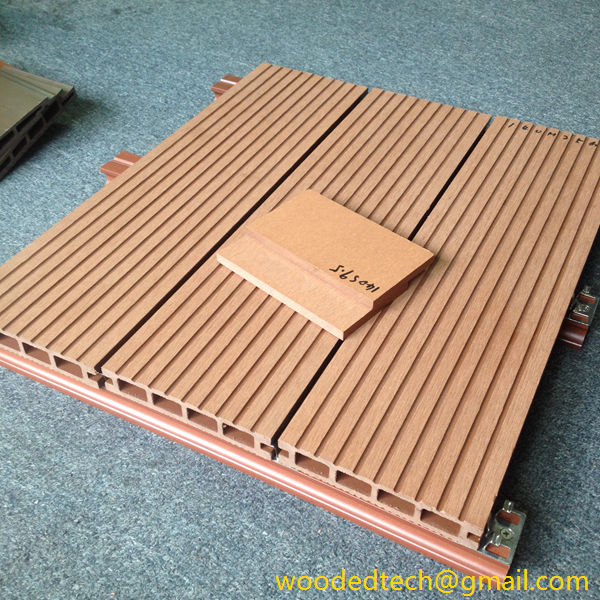
Another significant advantage of composite panels is their excellent thermal insulation properties. The core materials used in composite panels are specifically chosen for their insulating capabilities, which help to regulate indoor temperatures. This energy efficiency can contribute to lower heating and cooling costs, making composite panels an environmentally friendly choice. When considering installation, it is crucial to ensure that the panels are properly sealed and fitted together to maximize their insulating properties.

Durability is another key benefit of composite panels. The combination of high-quality outer layers and resilient core materials means that these panels can withstand harsh weather conditions, including heavy winds, rain, and snow. This durability translates to lower maintenance costs over time. Regular inspections and minor repairs may be all that is needed to keep composite panels in good condition, making them a cost-effective solution for long-term use.
In terms of aesthetics, composite panels are available in a wide range of colors, textures, and finishes. This variety allows for creative freedom in design and can enhance the overall appearance of a building. During installation, the visual appeal of composite panels can be a significant selling point for architects and builders, as they can be customized to fit various architectural styles.
From a maintenance perspective, composite panels require relatively low upkeep compared to traditional materials. They are resistant to rot, corrosion, and pests, which are common issues with wood or metal. Regular cleaning with mild detergents is usually sufficient to maintain their appearance. However, it is vital to inspect the panels periodically for any signs of damage, such as cracks or dents, particularly after severe weather events. Addressing minor issues promptly can prevent more significant problems down the line.
When installing composite panels, it is essential to follow proper guidelines to ensure optimal performance. This includes using appropriate fasteners and sealants that are compatible with the materials of the panels. Proper installation techniques will not only enhance the panels’ durability but also ensure that their thermal insulation properties are maximized. Furthermore, ensuring that the panels are installed with adequate ventilation can help prevent moisture buildup, which could lead to mold or mildew issues in the future.
In conclusion, composite panels are made from a combination of durable outer layers and insulating core materials, making them a beneficial choice for various construction projects. Their lightweight nature, excellent thermal insulation properties, and aesthetic versatility are significant advantages for both installation and maintenance. By understanding these aspects, builders and maintenance professionals can make informed decisions regarding the use of composite panels, ensuring successful implementation and long-term performance. Whether for residential or commercial applications, composite panels offer a reliable and efficient solution that meets modern building needs.

